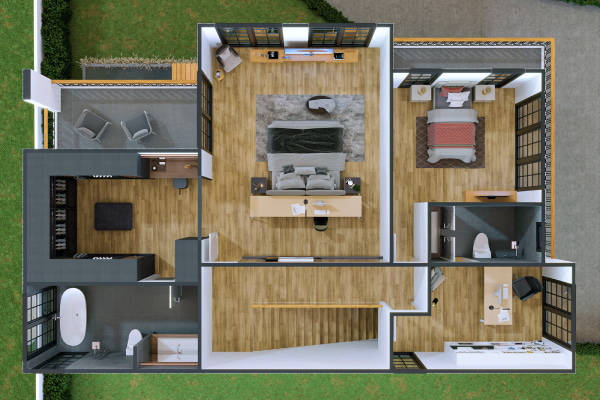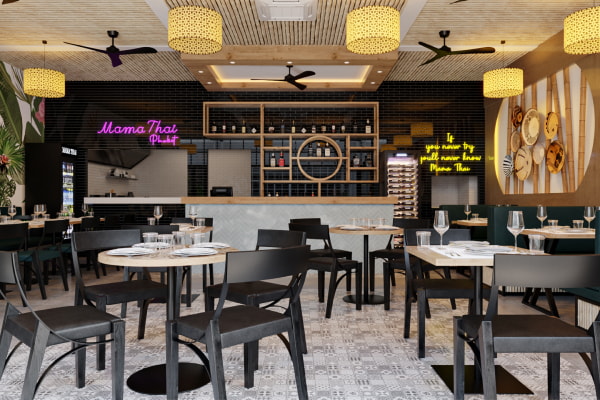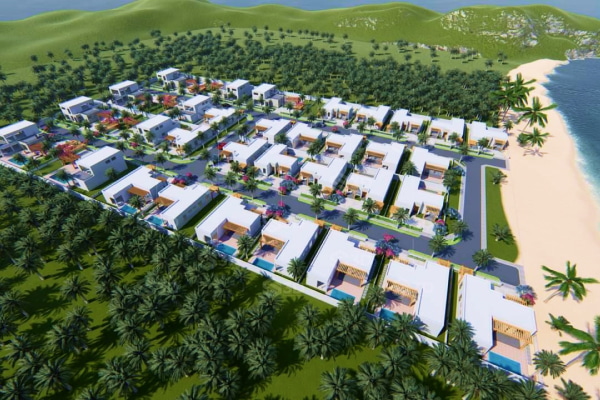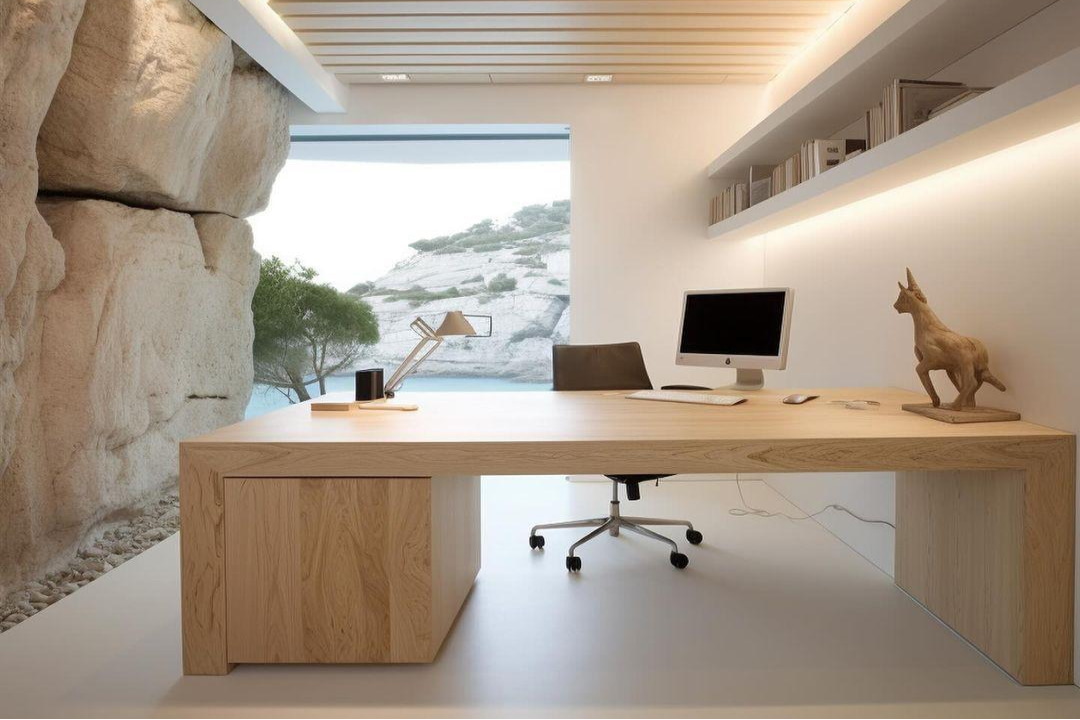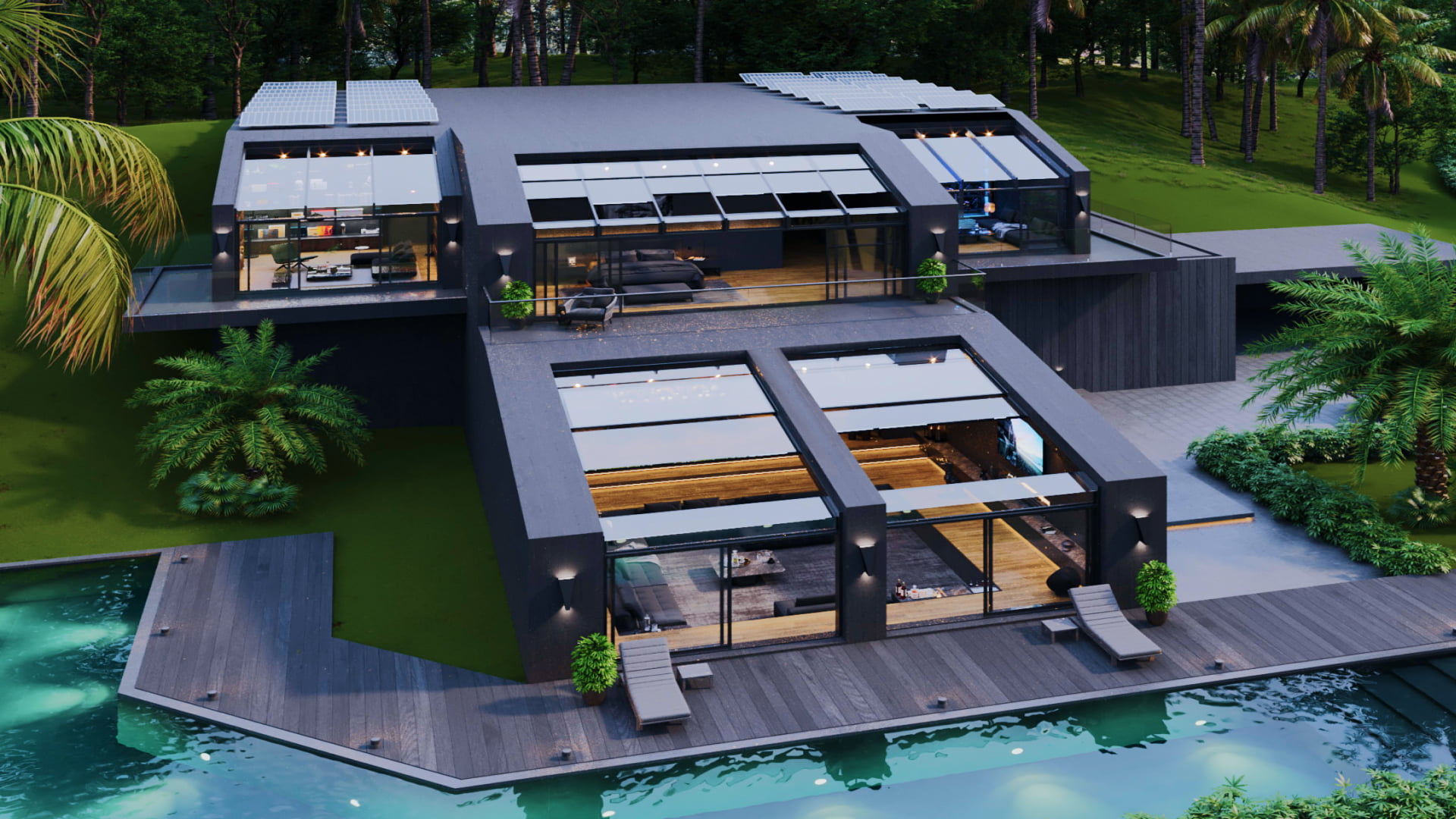Why 3D Rendering Videos Are Important for Business Projects and Their Creation Process

The Business Value of 3D Rendering Videos
In today’s competitive business landscape, visual communication has become increasingly crucial for companies seeking to showcase their products, services, or concepts effectively. Among the most powerful visual tools available are 3D rendering videos, which offer unprecedented opportunities for businesses across various industries to communicate their vision with clarity and impact.
Enhanced Visualization and Communication
P3D rendering videos allow businesses to present complex ideas in an accessible, engaging format. According to research by Forrester, audiences retain 95% of a message when delivered through video compared to just 10% when reading text (Forrester Research, 2023). For architectural firms, property developers, product manufacturers, and other businesses, this means potential clients can better understand and connect with proposals or products before they exist physically.
Cost-Effective Marketing and Development
The Stanford Business School found that utilizing 3D renderings and animations during product development reduces physical prototyping costs by up to 40% while accelerating time-to-market by 30% (Stanford Business Review, 2024). This efficiency extends to marketing efforts, where 3D visualization provides high-quality visual assets at a fraction of the cost of traditional photography or videography of physical prototypes.
Competitive Advantage and Client Engagement
A 2023 survey by the Visualization Society revealed that businesses incorporating 3D rendering videos into their presentations experienced a 64% higher client engagement rate and a 27% increase in conversion rates compared to those using static images alone (Visualization Society, 2023). This engagement translates directly to business outcomes, with clients better understanding the value proposition being presented.
The 3D Rendering Video Creation Process
Creating effective 3D rendering videos involves a systematic approach that combines technical expertise with creative vision. The typical process includes several key stages:
- Project Brief and Conceptualization
The process begins with establishing clear objectives and understanding the client’s needs. Research by the Project Management Institute indicates that projects with well-defined briefs are 37% more likely to meet their objectives (PMI, 2024). During this phase, key parameters such as style, tone, duration, and technical specifications are determined.
- Pre-visualization and Storyboarding
Before committing to full production, artists create conceptual sketches and storyboards that outline the video’s narrative structure. According to the American Animation Institute, effective storyboarding reduces production revisions by 60% and overall production time by 20% (AAI Industry Report, 2023).
- 3D Modeling and Scene Construction
This phase involves creating detailed 3D models of all elements that will appear in the video. The International Digital Modeling Association notes that advanced modeling techniques can achieve up to 95% photorealism when properly executed (IDMA Standards Report, 2024). Artists build digital environments, objects, and characters using specialized software such as Blender, Maya, or 3ds Max.
4. Texturing and Material Assignment
Models are then given realistic surfaces through texturing processes. Research from the Digital Surface Technology Conference found that high-quality texturing can increase viewer belief in a product’s authenticity by 78% (DSTC Proceedings, 2023). This stage involves applying colors, patterns, reflectivity, transparency, and other material properties.
5. Lighting Setup and Camera Positioning
The Virtual Production Institute emphasizes that lighting accounts for approximately 70% of the perceived realism in 3D renderings (VPI Lighting Study, 2024). Professional 3D artists carefully craft lighting scenarios and camera movements to enhance the narrative and visual impact of the video.
6. Animation and Simulation
For dynamic elements, animators create movement that follows physical principles. The Motion Graphics Association reports that physically accurate animations increase viewer trust in technical demonstrations by 53% (MGA Consumer Trust Report, 2023).
- Rendering and Post-Production
The computer processes all the information to generate the final frames. According to the Digital Content Production Consortium, render farms can reduce rendering time by up to 95% compared to single-machine processing (DCPC Technology Assessment, 2024). Post-production adds finishing touches like color grading, sound design, and special effects.
In summary 3D rendering videos have become an essential tool for businesses seeking to effectively communicate complex ideas, showcase products not yet built, and engage clients on a deeper level. By understanding both the significant business advantages these videos offer and the systematic process behind their creation, companies can leverage this powerful medium to gain competitive advantages in increasingly visual marketplaces.
References
American Animation Institute. (2023). Industry Report: Pre-production Efficiency Metrics.
Digital Content Production Consortium. (2024). Technology Assessment: Distributed Rendering Solutions.
Digital Surface Technology Conference. (2023). Proceedings: Consumer Perception of Digital Surfaces.
Forrester Research. (2023). Visual Communication Effectiveness Study.
International Digital Modeling Association. (2024). Standards Report: Photorealism Benchmarks.
Motion Graphics Association. (2023). Consumer Trust Report: Animation Factors in Technical Demonstrations.
Project Management Institute. (2024). Brief Development and Project Success Correlation Study.
Stanford Business Review. (2024). 3D Visualization ROI in Product Development Cycles.
Virtual Production Institute. (2024). Lighting Study: Factors in Perceived Realism.
Visualization Society. (2023). Annual Survey: Business Impact of 3D Visualization Technologies.



